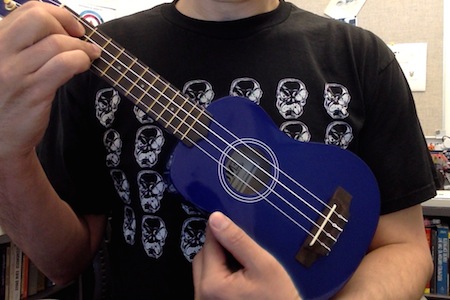Today I’ve been editing a video for on-line viewing, and I realize that I don’t really want to produce a single video. Rather, I want to produce what might be called a fractal video.
If a person has only three minutes to watch my video, I want her to be able to see just the highlights, a kind of trailer for the whole thing. But she should then be easily be able to “open up” the video to, say, a 10 minute version.
This accordion-like unfolding should be able to continue, recursively, until the full content — perhaps an hour or so all together in length — is revealed.
Doing things this way would allow people to get the sense of what I am trying to say, drawing them in and giving them the basic narrative flow, without requiring the commitment up front to sit through an hour long video.
As far as I can tell, this is not how video editing programs and and on-line streaming formats work today. Which seems like a shame.
